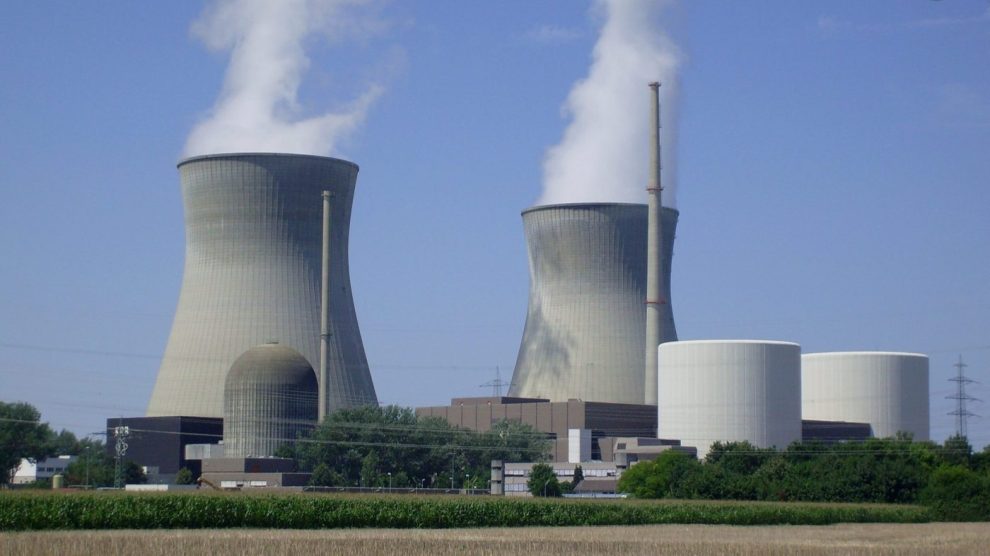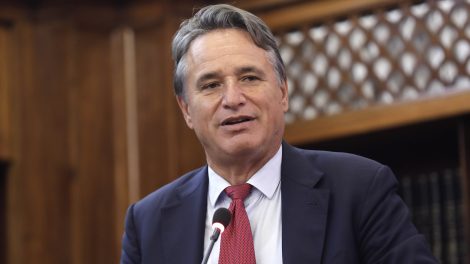Make the atom Italian again. Nuclear power featured prominently in the centre-right coalition’s electoral programme for the September 2022 elections. Nearly a year after its victory, Parliament and the executive have laid the foundations for re-igniting atomic energy generation. Most recently, Energy Minister Gilberto Pichetto Fratin launched the National Platform for Sustainable Nuclear Power, marking the shift from theory to practice: companies and institutions are set to convene on September 21 to begin the stock-taking exercise.
- In parallel, Infrastructure Minister Matteo Salvini said the first nuclear power plants could come online as soon as ten years’ time.
The expert’s take. We reached out to Stefano Monti, President of the Italian Nuclear Association – AIN, which provided the government with a roadmap to bring back nuclear power. He noted that, as with the previous steps, launching the Platform is entirely consistent with AIN’s guidelines – which are steeped in those of the International Atomic Energy Agency (IAEA), where he has worked for over a decade.
- “In order for the system to grow harmoniously, all the sector’s entities must interact: the government has understood this need for this coordination. Later, the Platform will have to generate a more streamlined and operational ‘control room’ to analyse the infrastructure and respond to the political decision-maker, including by suggesting which areas to fund.”
Mind the infrastructure, which is both material and immaterial. As President Monti highlighted, Rome will now perform a gap analysis to identify what the country is missing – in terms of plans, laws, safety and security frameworks, skills, supply chain, and everything in between – to start generating nuclear power. The key infrastructure is human resources, as Italy must ensure it can “cover the entire spectrum of needs.”
- Italian universities can still produce many highly qualified nuclear engineers, but the country lacks non-nuclear engineers who know how to operate in the nuclear field, all the way down to mechanics, welders, electricians and the like.
- The academic, safety, security, and industrial spheres share the same issue, he said: high quality, low quantity.
Leverage the companies. Still, as the AIN president acknowledged, the Italian industry has remained active and competitive in the decades Rome looked elsewhere for its energy needs. And most importantly, it’s “strongly interested” in expanding its participation to foreign nuclear projects.
- The spring agreement between Ansaldo, Edison and EDF on “new nuclear power” in Europe shows that Italy is already well-positioned. The same goes for the Italian start-up Newcleo, which has forged strong partnerships with the French system to develop a fourth-generation reactor.
- The industry would benefit from State support, as is the case in all countries that use nuclear power to produce electricity, argued Mr Monti. Cooperation with foreign companies “creates interchange, wealth for Italy […], new highly-qualified jobs, and even the possibility of power purchase agreements to import carbon-free electricity at stable prices over the long term.”





